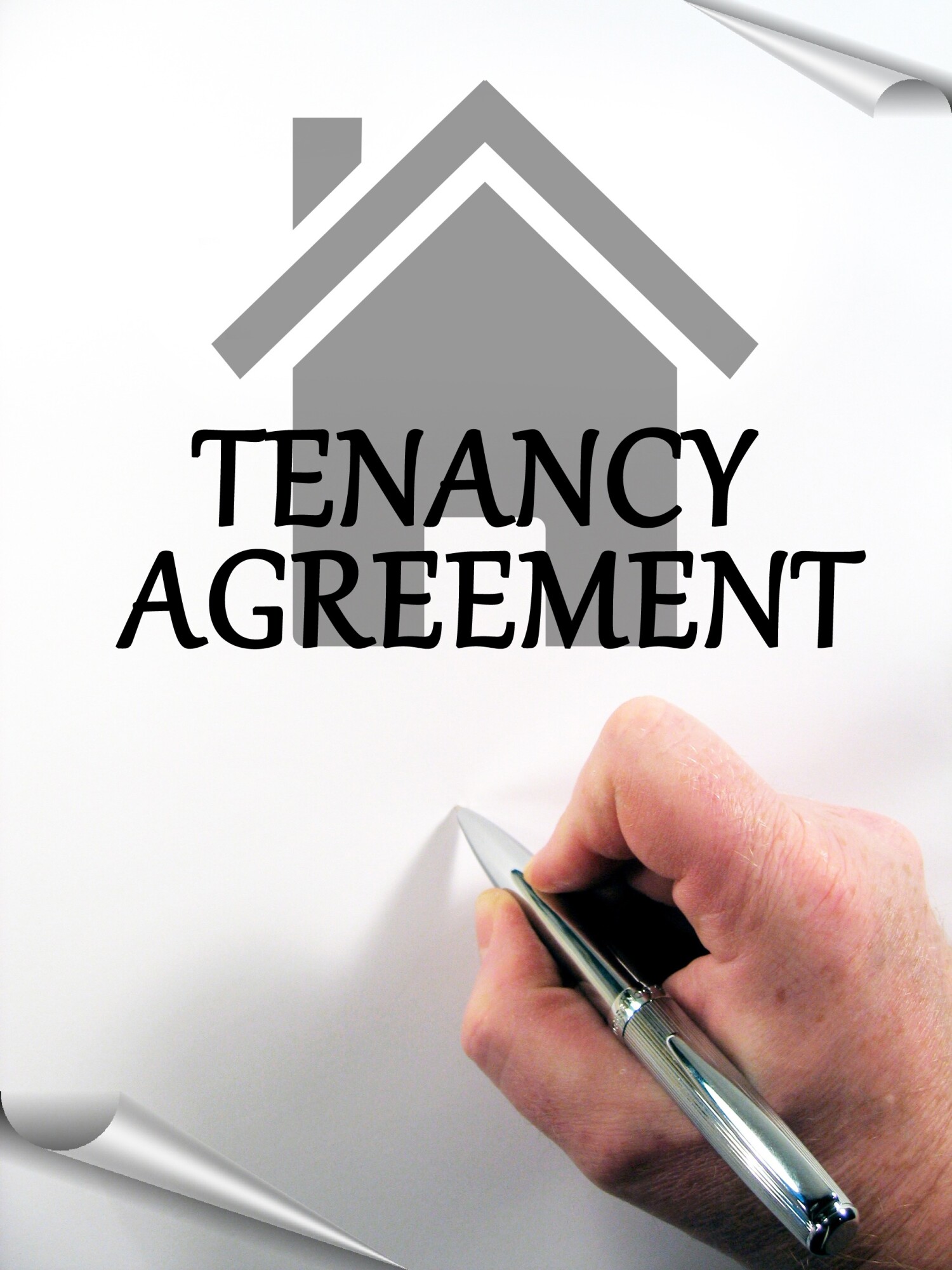
Whether you're a landlord or a tenant, lease agreements protect the interests of both parties. Landlords need to protect their properties, and tenants also want to make sure they will have a roof over their heads.
If you're new to lease agreements, we're the right people to help.
Read on to learn what you need to know about a rental lease agreement.
1. Include the Names of All the Tenants
In a lease agreement, you should always include the names and occupants of all the tenants. Including all the names of the people living on the property is a type of insurance policy for both tenants and landlords.
Including the names of all adult tenants give landlords the certainty that each person will be responsible for a portion of the rent. Tenants also have the peace of mind that their landlords know who is responsible for the rent.
If unauthorized tenants move in without informing, the landlord has the right to evict the tenants for violating the lease.
2. All the Details of the Property
In a rental agreement, it's important to include as many specifications and details about the property as possible.
Ensure you include address, unit number (if applicable), number of rooms, parking spots, etc. If the tenant will occupy a furnished unit, it's important to list the furniture in detail in the agreement.
3. The Length of the Agreement
While 12-month lease agreements are the most common, there are also short-term and month-to-month agreements.
You should include the length of the agreement, start date, and expiration of the lease in the rental lease.
4. Rental Price and Other Fees
Even if you verbally disclose the monthly cost of rent to the tenants, you must put it in writing. In the house rental lease agreement, you should include the cost of the monthly rent and other fees.
If the tenant must pay for a security deposit, ensure you list it in the agreement. You will also want to include the cost of late fees, grace periods, bounced check fees, etc.
Ensure you become familiar with the rental fee limits of your state.
5. Repair Policies
In the rental agreement, you should also include repair and maintenance policies. Let the tenants know which repairs they will be responsible for. For example, most tenants have to replace their own lightbulbs.
It's also crucial to inform them where they submit repair requests and their point of contact.
6. Rules and Other Policies
No lease agreement will be complete without a list of rules and policies. For example, if there is a no-pet policy, let tenants know of the consequences and exceptions of this rule, such as service animals.
Other rules can include no smoking, disruptive behavior, drug dealing, and excessive noises.
Review These Policies In Your Rental Lease Agreement
Now that you know everything you should know about lease agreement information, you will never overlook information again.
Every lease should include the names of all the tenants, length of lease, cost of rent, and rules and policies.
Never leave important information out of a rental lease agreement again. If you're looking for property management in the Triad, North Carolina, we're here for you.
Contact us today to learn more.






